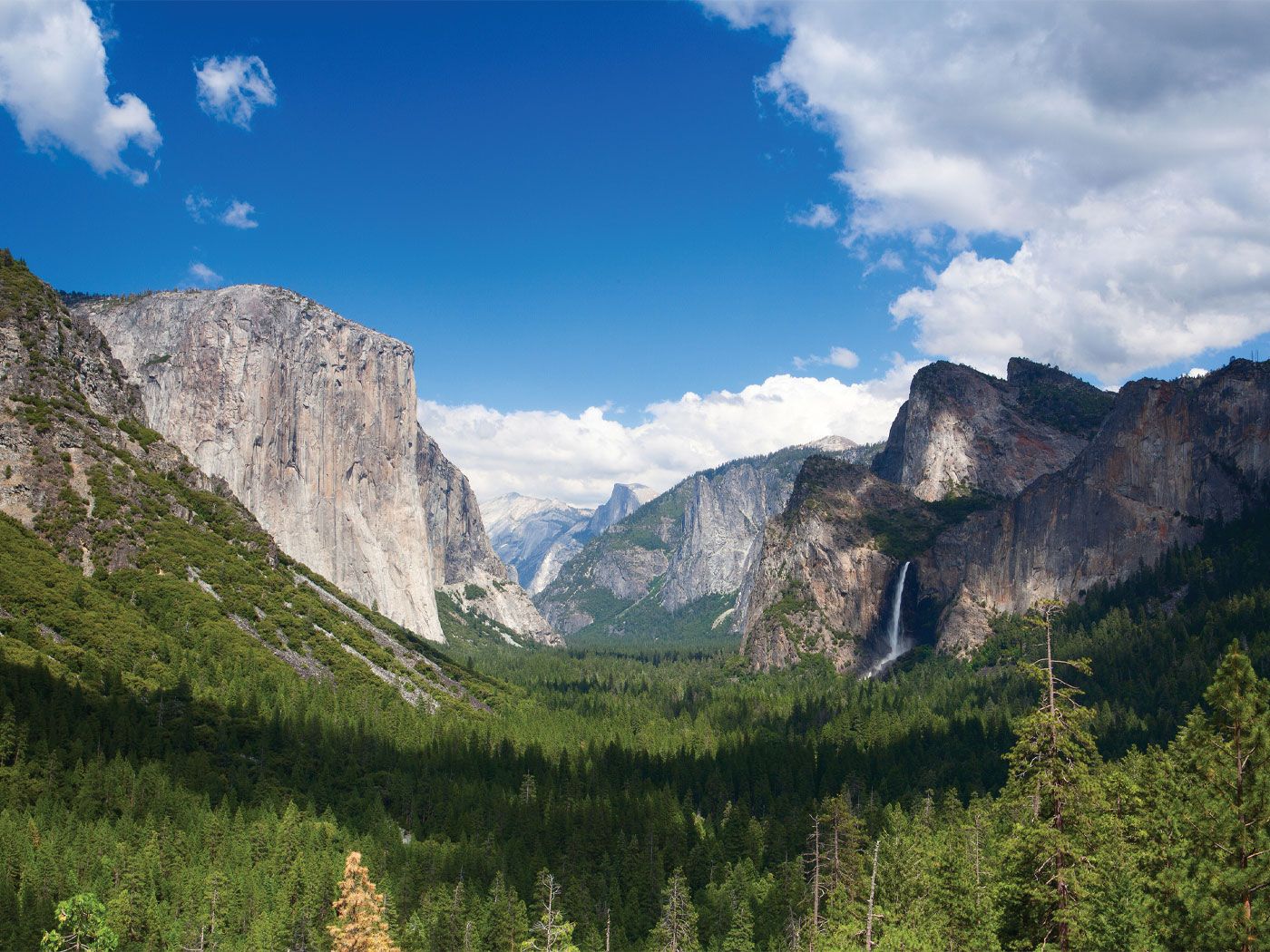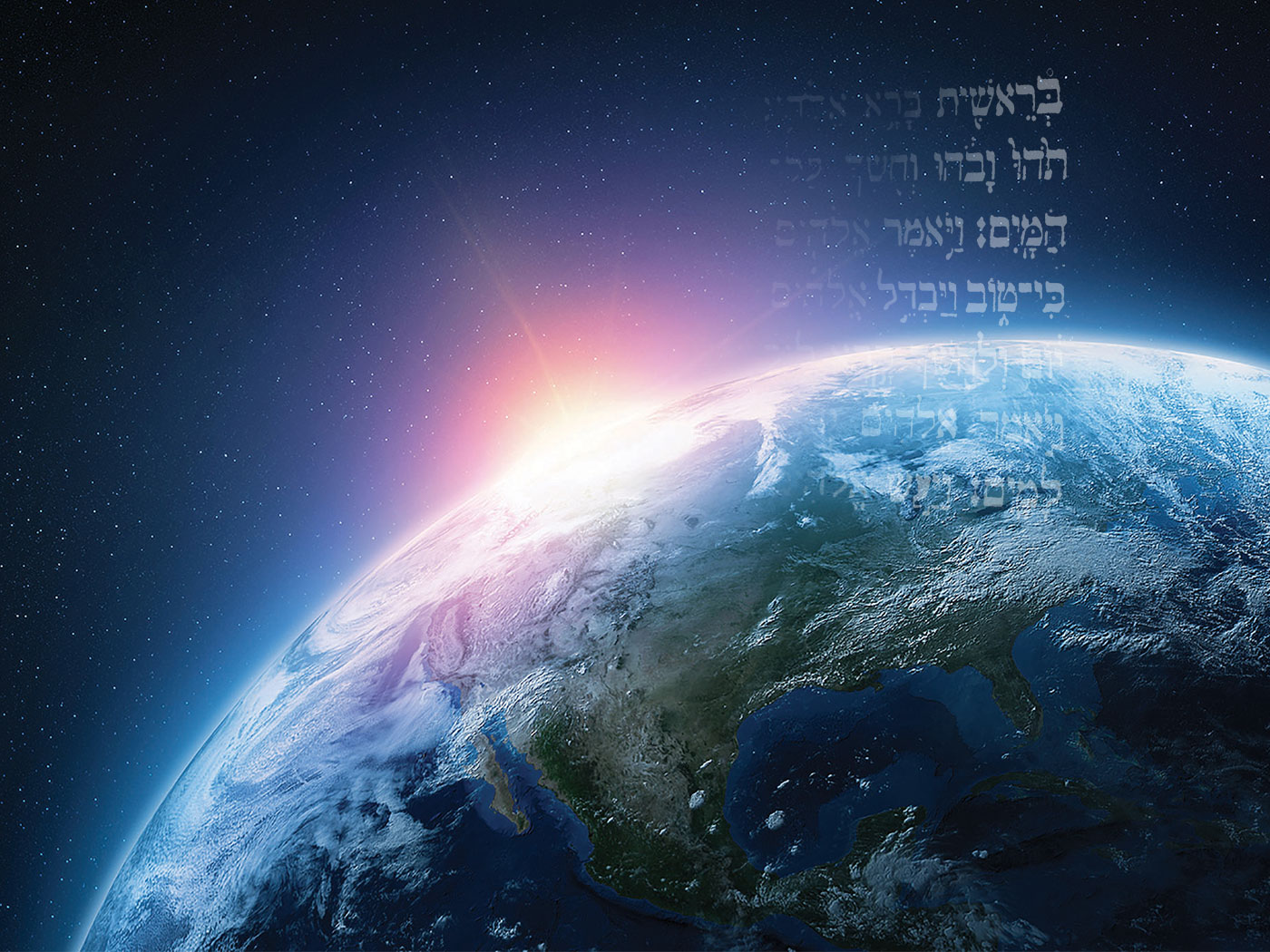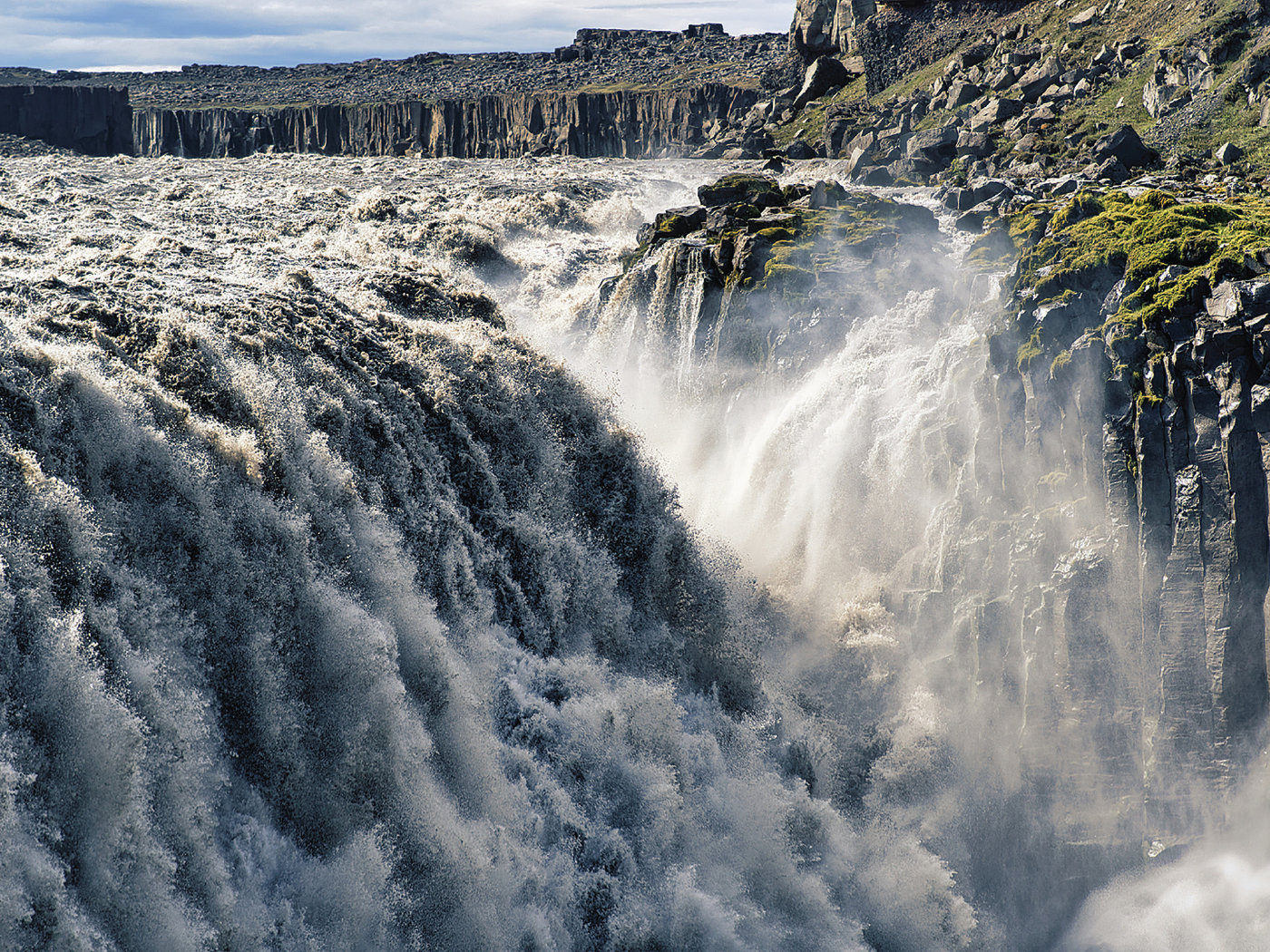"For the wisdom of this world is foolishness with God. For it is written, He taketh the wise in their own craftiness" (I Corinthians 3:19).
Astronomer Bob Berman, who writes a regular column for Astronomy, is (so far as I know) the originator of the felicitous term "Bubbleland." This remarkable region is the domain of the imaginary worlds of the mathematical cosmologies invented by our modern astrophysicists and cosmogonists. Berman calls it the realm beyond the present reach of science.
Most of these learned scholars believe the universe began in a singularity known as the Big Bang, when our cosmic continuum of space, matter, and time suddenly came into existence. But where did that come from? According to Berman, it must have come from Bubbleland.
Nobody has the foggiest idea what happened the Tuesday before the Big Bang. Who can say whether there was a previous collapsing universe or an incipient quantum fluctuation. That whole domain is part of Bubbleland.1
Berman notes certain speculations about "other dimensions" and various other esoteric mathematical concepts.
In truth we have no clue. We should say we have no clue. But since there is no official category for what happens to singularities, we'll just say they enter Bubbleland and everyone will understand.2
Even I can understand that, but I do have considerable trouble with eleven space dimensions, quantum fluctuations of nothing into something, multiple universes, and such like.
The Big Bang itself somehow gets away with going against the laws of causality, probability, conservation, entropy and even common sense. Although I had a minor in mathematics at the graduate level, I get lost in trying to follow the esoteric mathematics of relativity and quantum theory. However, there are a number of very competent scientists in these fields who do understand these subjects and who reject the Big Bang. Among those are Fred Hoyle and several others of comparable stature.
And then there is Professor Sir Fred Hoyle, Britain's greatest living astrophysicist, and the Big Bang theory's greatest adversary. . . . Together with two other respected astrophysicists, Hoyle systematically reviews the evidence for the Big Bang theory, and gives it a good kicking.3
The author of the above quote, Robert Matthews, is referring to a recent book by Hoyle et al. entitled, A Different Approach to Cosmology. Summarizing their arguments for the Big Bang in a physics journal, these writers say:
We do not think science should be done that way. . . . We think this approach does not merit the high esteem that cosmologists commonly accord it.4
Compelling as their arguments against the Big Bang may be, however, they will probably be ignored by most astronomers. As Matthews says:
I don't expect the vast majority of astronomers to pay the slightest attention to Hoyle and his colleagues: frankly, there are too many careers riding on the Big Bang being right.5
Perhaps the Big Bang itself really resides in Bubbleland!
And what about relativistic physics in general? An astrophysicist at the University of Rochester, says:
General relativity consists of ten interwoven equations. Along with these ten equations come hundreds of others that must also be solved. Each of these mathematical expressions can be hideously complicated, with term after term appearing in forms that provide no simple means of solution. A single equation can fill many pages. . . . the equations of General Relativity are intractably woven together. They snake through each other in a deeply non-linear way, forming a kind of mathematical Gordian knot.6
Perhaps some of the inhabitants of Bubbleland can deal with such complexity, but I simply have to wonder and doubt. They tell us we should trust these scientists, but the way they off-handedly dismiss the strong and simple evidences for creation and the saving gospel of Christ does not generate trust, not to mention their naïve commitment to the pseudo-evidence for both cosmic evolution and organic evolution, including human evolution.
As far as quantum theory is concerned, some of its implications also seem to belong in Bubbleland. Certain observations and calculations have recently indicated that the expansion of the universe may actually be accelerating. One science writer calls it the "revved-up universe."
Many associate its energy with the sea of particles and anti-particles that, according to quantum mechanics, populates empty space. Others call it "funny energy" and propose that it relates to the quantum nature of gravity. In either case, it's exotic stuff and poorly understood.7
So now we learn that Bubbleland may be a revved-up universe vibrating with funny energy and a sea of particles in empty space. Curiouser and curiouser!
Space here does not allow me to discuss the strange universe associated with string theory and its alleged eleven dimensions of space, even if I understood it. I am too accustomed to the engineering three-dimensional space of length, width, and height. Neither is there room for further comment on the remarkable notion, now widely held by Big Bang cosmologists, that the universe evolved from nothing by a quantum fluctuation of nothingness into an infinitesimal particle of space/time, which quickly inflated into the expanding universe. Then there is the multiple-universe theory of Andre Lind, which imagines an unending series of stacked-up quantum waves that generate new big bangs and expanding universes cascading one after another on top of each other. This remarkable notion has become more and more popular as an answer to the anthropic principle, which has been proposed by some as evidence for divine design of the cosmos.
For example, Martin Rees, Astronomer Royal of England, has recently published a book entitled, Just Six Numbers, in which he argues that there are certain key numbers associated with the physical properties of the cosmos, whose fine-tuned values just barely permit life to exist. If they were different in the slightest degree, life would not be possible. Some people think that this proves a Creator.
But then Rees also argues against any theological implications of this fact by saying that this is because there may be great numbers of universes and this just happens to be the one whose randomly developed physical constants permitted life to evolve.
Well if anyone finds difficulty in believing (or even understanding) these various notions—and I certainly do—we could just ascribe them all to Bubbleland, and then we could understand, and step out on faith!
But there is an even more amazing hypothesis recently put forth by physicist Julian Barbour in his book, The End of Time, based on an incredible extension or modification of the multiple-universe speculation, and also on strange mathematics that supposedly can reconcile the discrepancies between the atomic world of quantum mechanics and the cosmic world of general relativity. Describing this theory of Barbour's (who has a physics doctorate from the University of Cologne and is highly regarded by his peers), Folger says:
We don't live in a single universe that passes through time. Instead, we—or many slightly different versions of ourselves—simultaneously inhabit a multitude of static, everlasting tableaux that include everything in the universe at any given moment. Barbour calls each of these possible still-life configurations a "Now." Every now is a complete, self-contained, timeless, unchanging universe.8
Thus, in Barbour's universe, time has no reality. Everything is Now.
There is no past and no future. Indeed, time and motion are nothing more than illusions. . . . every moment of every individual's life—birth, death, and everything in between—exists forever.9
This idea must be a resident of the deepest region of Bubbleland! How can such a brilliant physicist as Barbour believe such things?
Like all physicists, he strongly believes that mathematically elegant explanations tend to be true, even if they conflict with common sense.10
I turn in relief to the simple, believable, understandable, true explanation of the wonderful universe,
"In the beginning God created the heaven and the earth" (Genesis 1:1).
"I am He; I am the first, I also am the last. Mine hand also hath laid the foundation of the earth, and my right hand hath spanned the heavens: when I call unto them, they stand up together" (Isaiah 48:12,13).
References
2 Ibid.
3 Robert Matthews, "Sir Fred Returns to Give Big Bang Another Kicking." Sunday London Telegraph: Cosmology Column. February 13, 2000.
4 Burbridge, Geoffrey, Fred Hoyle, and J. V. Narlikar. "A Different Approach to Cosmology." Physics Today (vol. 52, April 1999), p. 39.
5 Robert Matthews, op. cit.
6 Adam Frank, "The Dynamic World of General Relativity," Sky and Telescope (vol. 100, October 2000), p. 53.
7 Ron Cowen, "Revved-Up Universe" Science News (vol. 157, February 12, 2000), p. 106.
8 Tim Folger, "From Here to Eternity" Discover (vol. 21, December 2000), p. 58.
9 Ibid., p. 57.
10 Ibid., p. 60.







